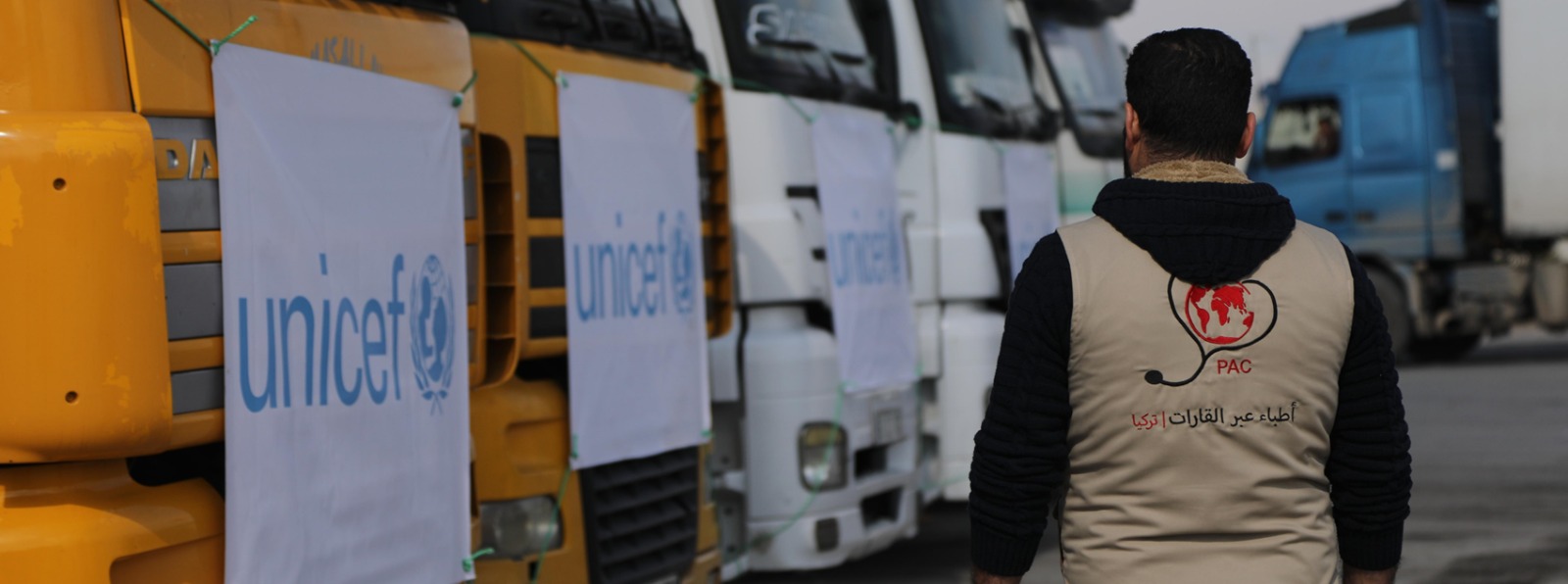supplies management involves the efficient and effective storage, distribution and strengthening the monitoring and reporting of supply chain activities to all partners,to support programs and interventions. It encompasses a range of activities aimed at ensuring that essential supplies are available, accessible, and utilized appropriately to address malnutrition and improve nutritional outcomes.
• Quantities and forecasting Process
The purpose of this operating is to give employees and related stakeholders the needed guide to document and manage the Quantification and Forecasting planning. This process supports the working and coordination methods implemented within the clusters lead and give a general framework for supply chain and supplies distribution activities.
-Good Shipments and Receipt procedures. To check where and how these supplies will be received and distributed.
– Annual caseload and coverage reached. This to ensure that the forecasting process is well planned for this year.
The forecasting and quantification process needed to describe how implementing partners, sector management, UN staff and key supporters of supplements can calculate and predict the monthly, quarterly, and annual nutritional supplies needs.
This process must be used at the community and regional level and implemented every time a request for supplies from the IPs level is launched.
• Stock and Supplies Request, Release and Distribution:
The objective of this step is to provide a documented flow process that guides IPs, PAC, and UN to process the logistic requirements for supplies request, release and distribution process for Any related governmental or local official supply and aid dispatching procedures for XB and XL humanitarian shipments. This To ensure collecting the needed approvals before lunching any shipment of supplies request.
• Procurement:
This involves sourcing and acquiring the necessary nutritional products, including therapeutic foods, supplements, micronutrient powders, and other related supplies. Procurement activities may include identifying suppliers, negotiating contracts, and ensuring quality standards are met.
• FIELD MONITORING:
provide PAC staff with a documented process flow on how to monitor, assess and verify whether the commodities along the supply chain are being handled and used appropriately in accordance with established standards and regulations.
1. To verify general availability of all commodities in IPs’ facilities and Warehouses.
2. To provide evidence that commodities are reaching the target beneficiaries, and see how they are being used;
3. To monitor supply chain management of commodities so that problems can be promptly identified and corrective action taken;
4. To contribute to the establishment of an effective supply chain monitoring system; and
5. The intention of the field monitoring is to answer a specific set of questions and trigger further action on the following elements.
• Stock Management:
Stock Management process is All the activities and practices for planning, ordering, storing, handling and monitoring stock and assets.that guarantee no breakdown in the pipelines, with maintain the quality of supplies and items during the whole distribution and storing process.

With active system to monitor materials and stock supplies, that can generate information like ; Consumption reports,Supplies received and disbursed,Inventory,Pipeline,expired materials,Re-management of the distribution of supplies and redefining and distributing allocations of supplies.
• Warehouse Safety and Security:
Keep a well-stocked first aid kit ready to be used as First aid support in case of injuries in easy to access and visible location. Place the first aid kit in a central location that is easily accessible to all employees. Ensure it is clearly marked and that all employees are aware of its location and contents.
• Distribution and Delivery:
Timely and efficient distribution of nutrition supplies is critical to reaching target populations in need. Distribution strategies involve MOUs with national and international organizations and quarterly distribution mechanism.
• End Use Monitoring for nutrition commodities:
Monitoring systems are essential for tracking the utilization of nutrition supplies, assessing program performance, and identifying areas for improvement. Key performance indicators may include stock levels, distribution coverage, adherence to treatment protocols, and nutritional outcomes among beneficiaries. Regular monitoring and evaluation activities help ensure accountability and effectiveness in nutrition supplies management.
• Quality Assurance and Compliance:
Maintaining the quality and safety of nutrition supplies is paramount to achieving positive Nutritional outcomes.
By implementing sound nutrition supplies management practices, organizations can optimize the delivery of nutrition interventions, maximize the impact of programs, and contribute to improved health and well-being among populations affected by malnutrition.



Leave A Comment